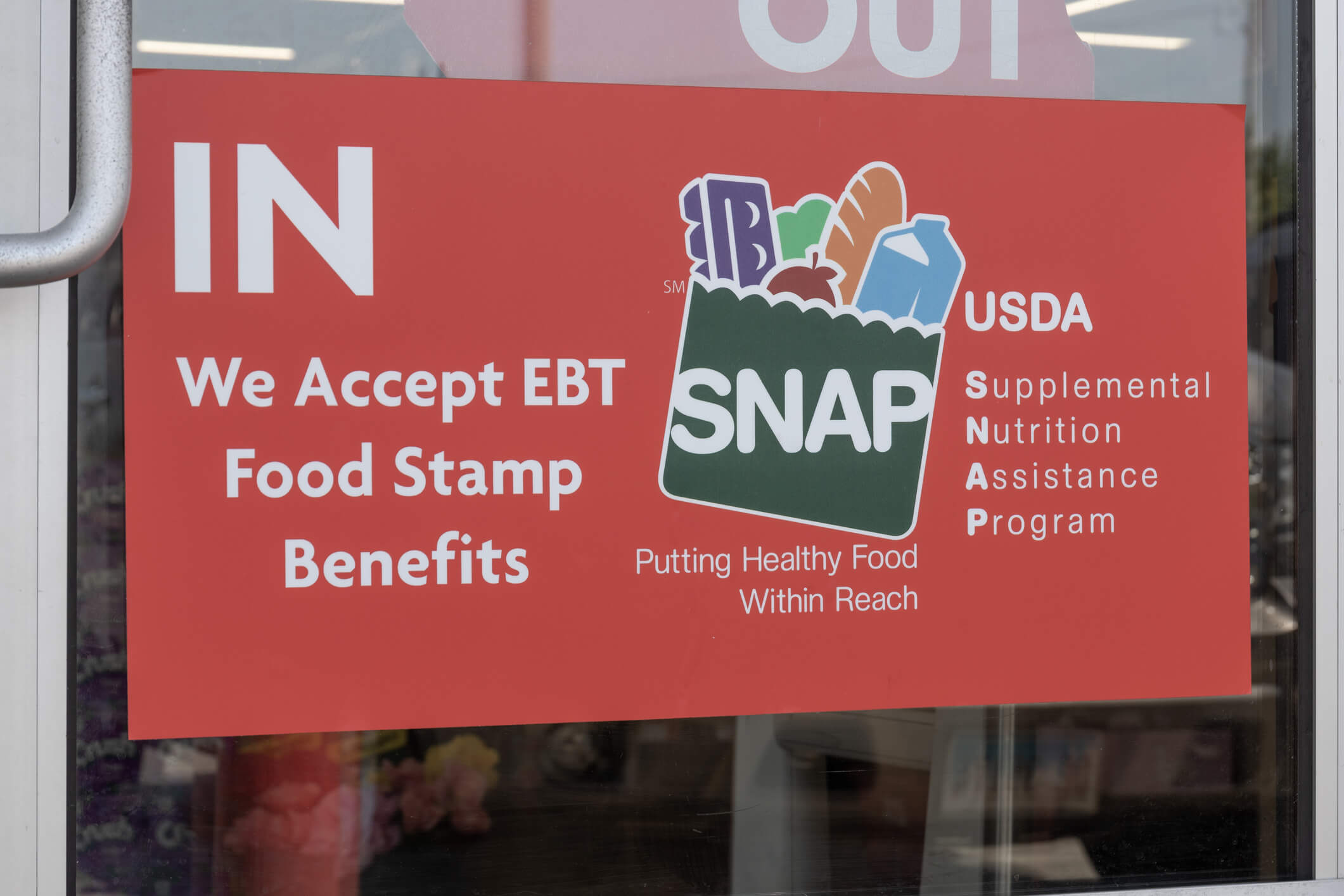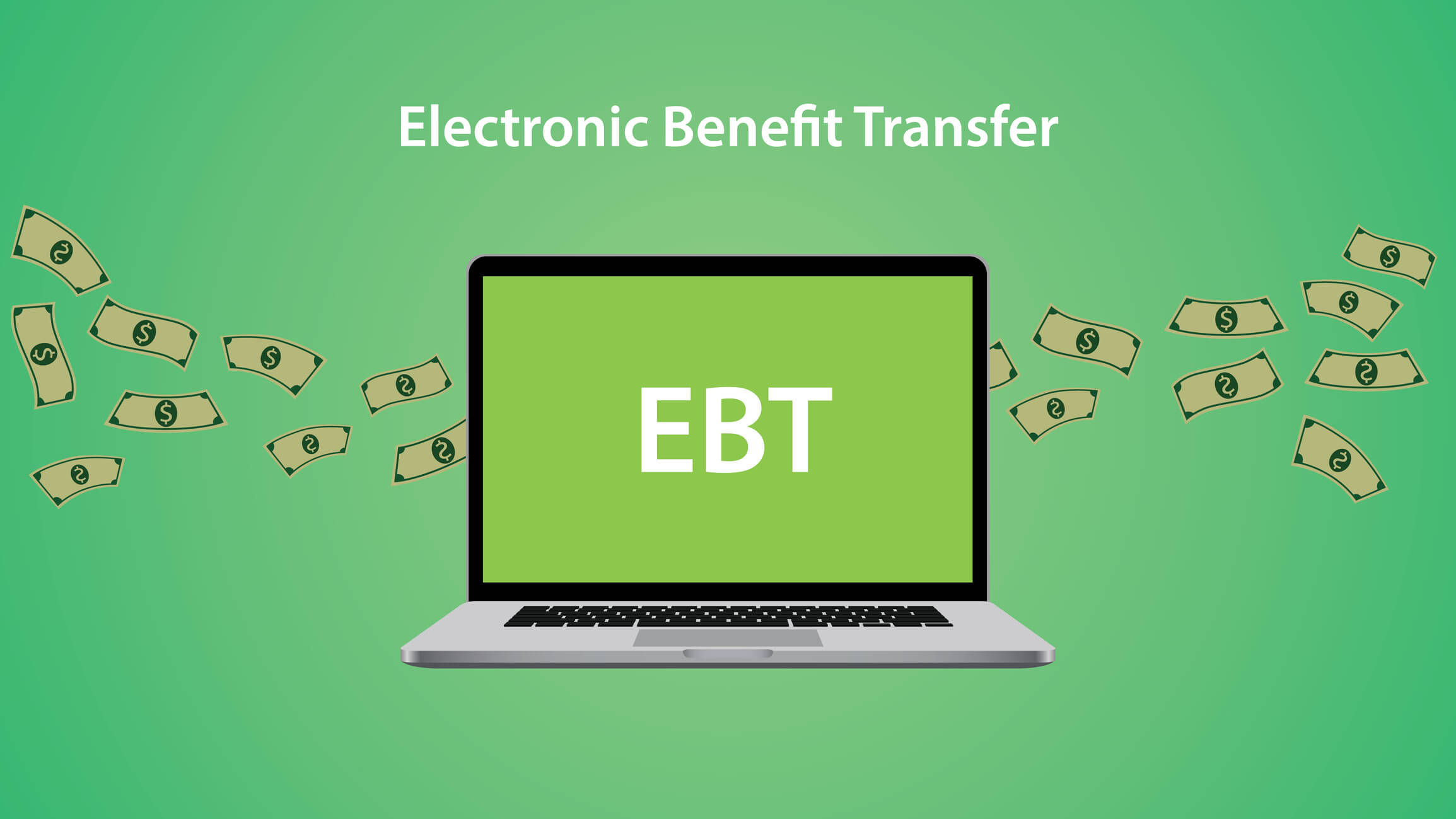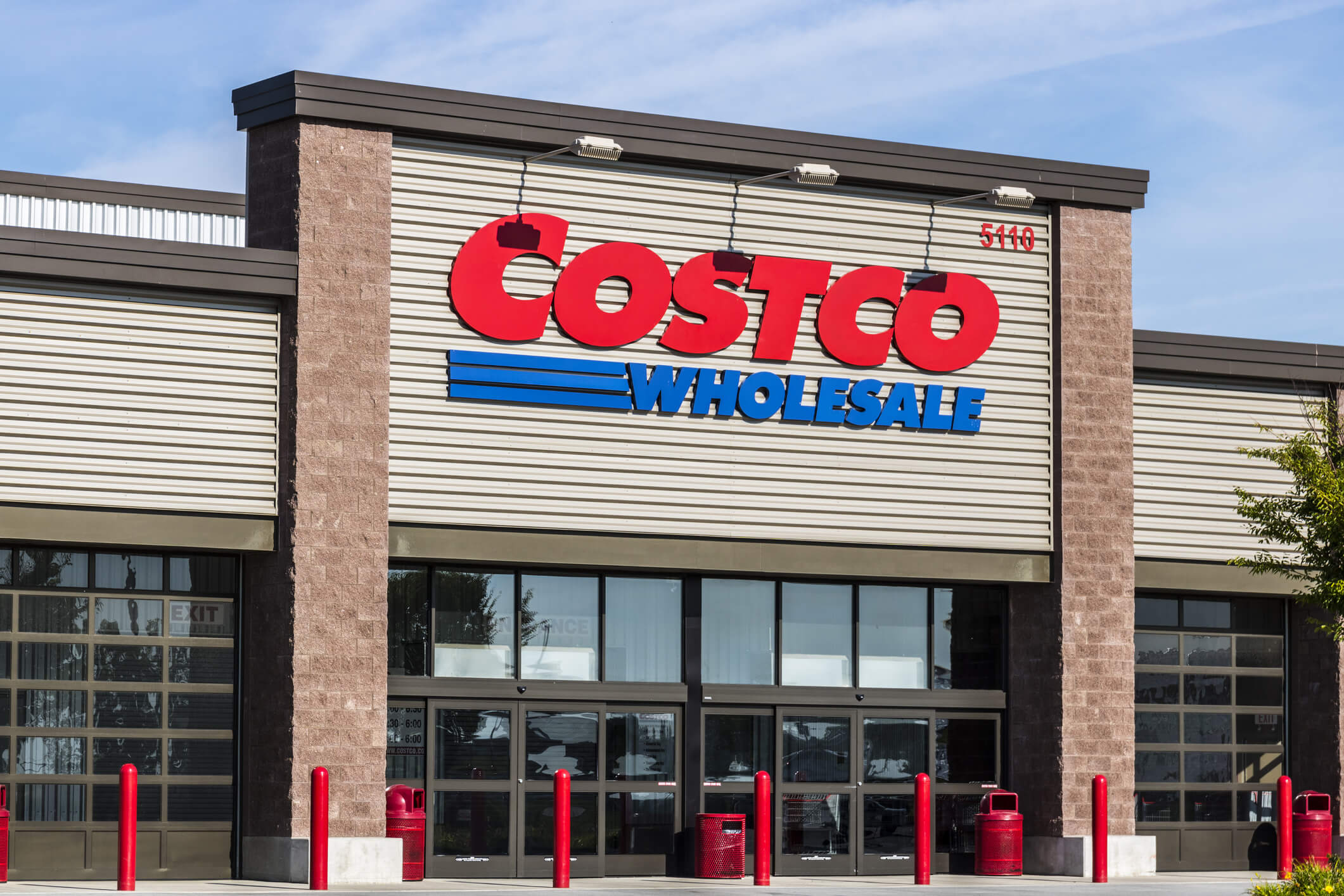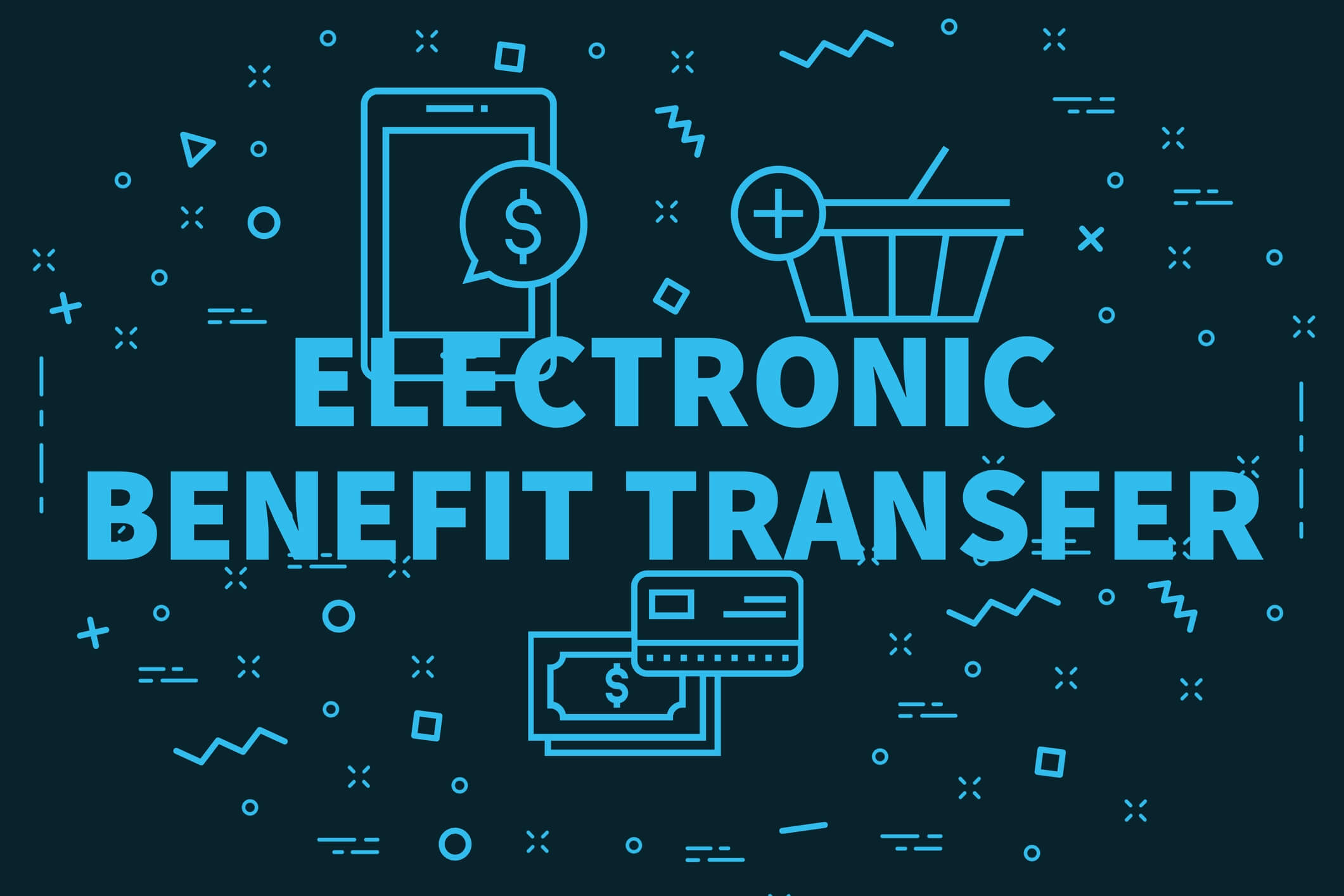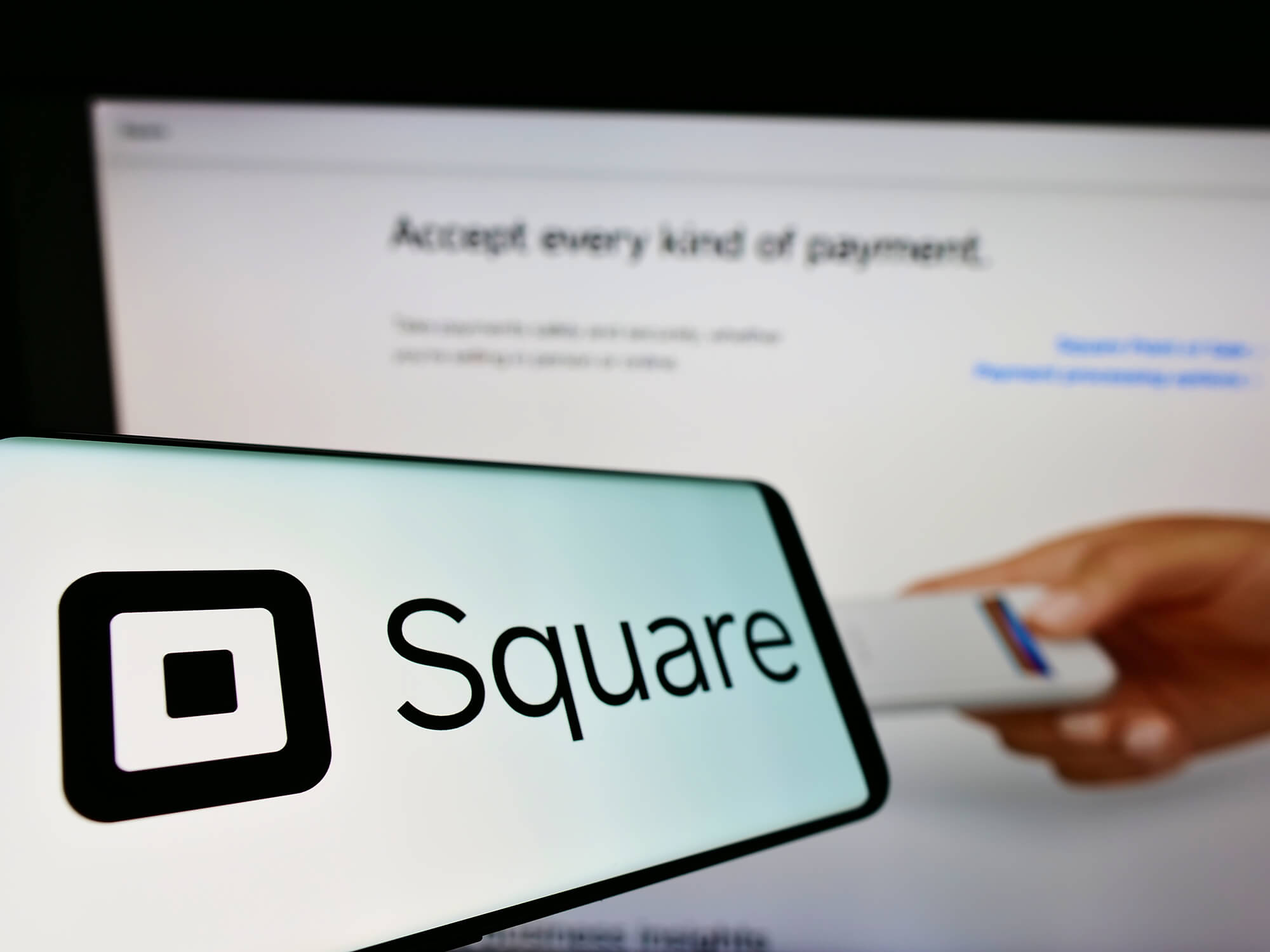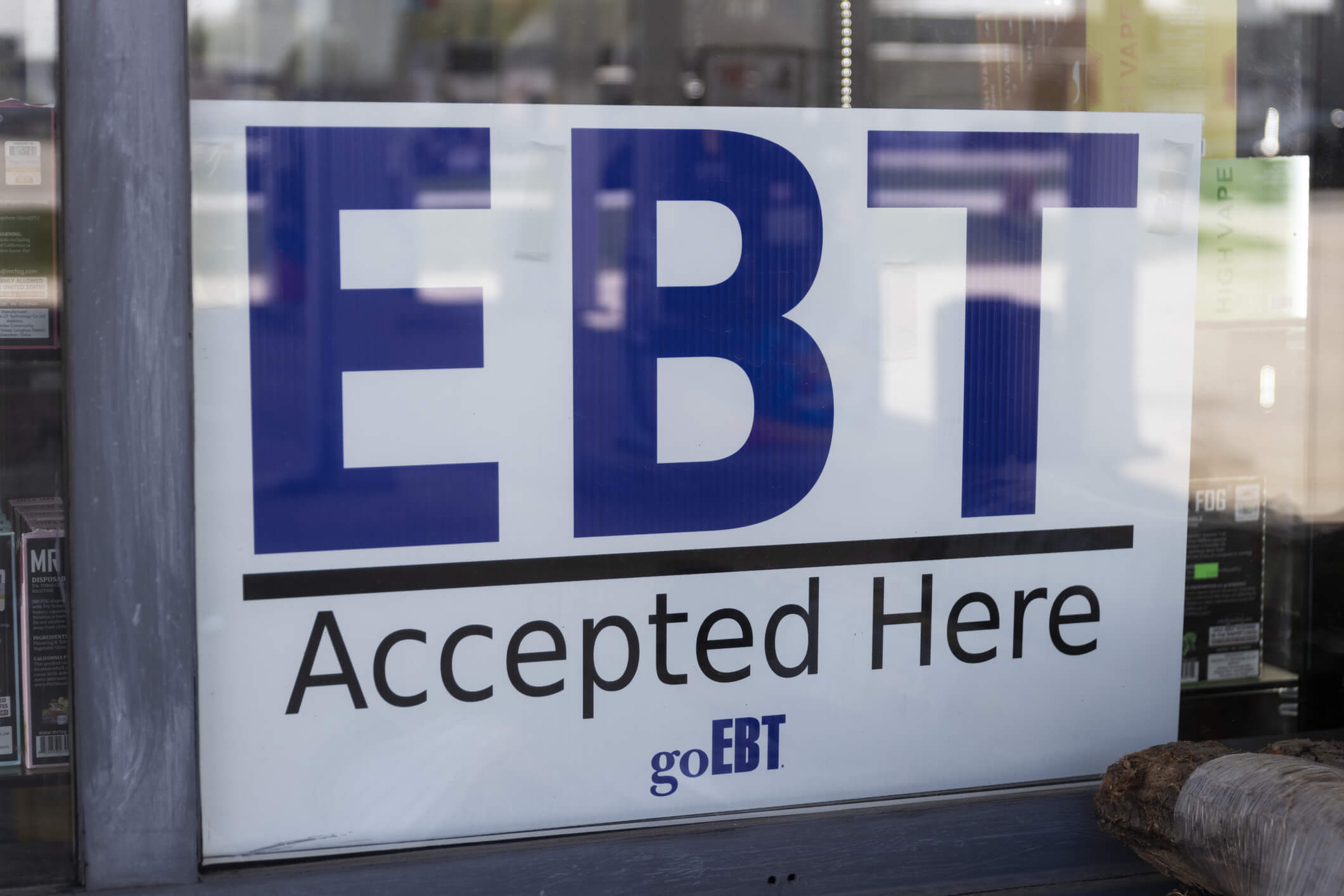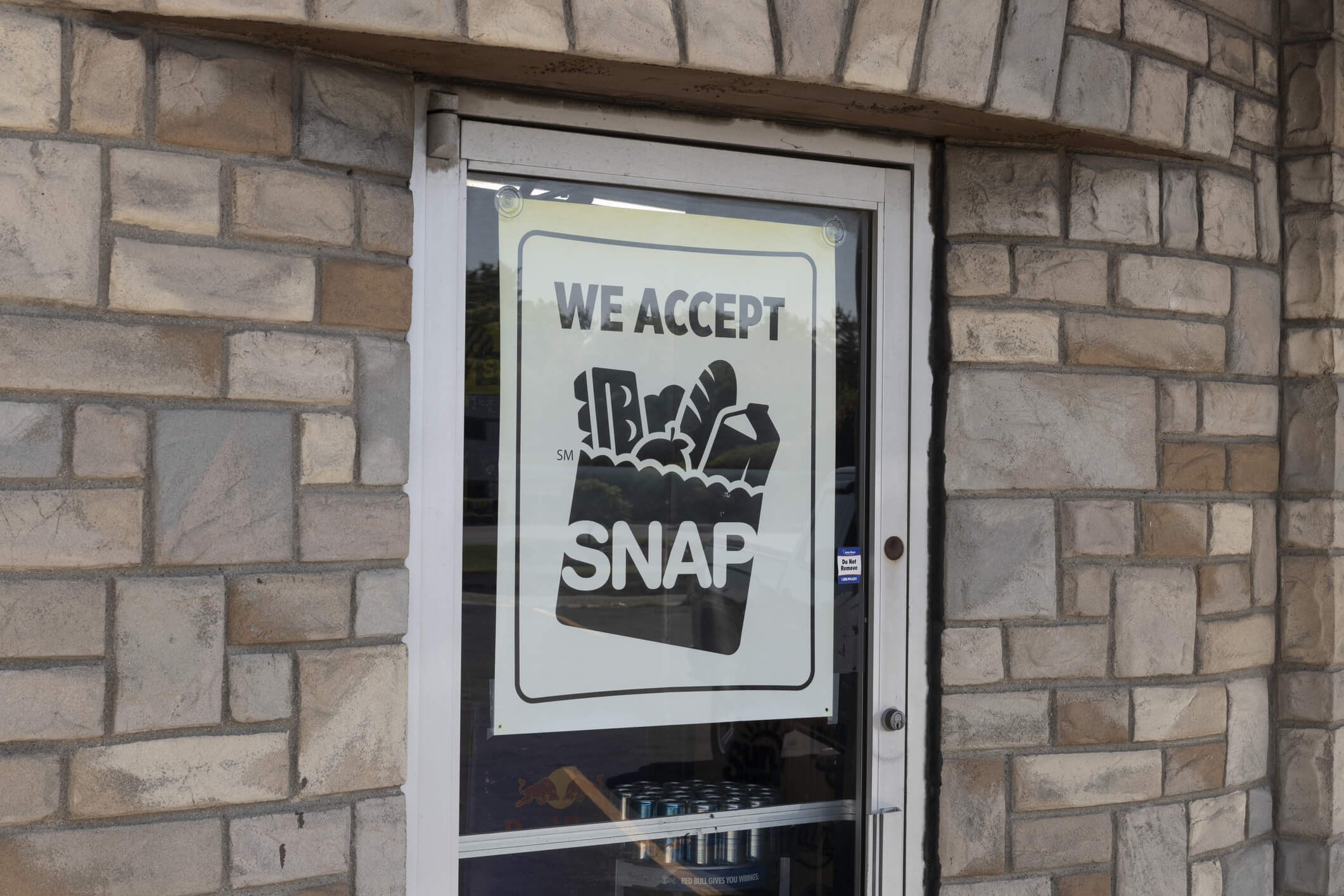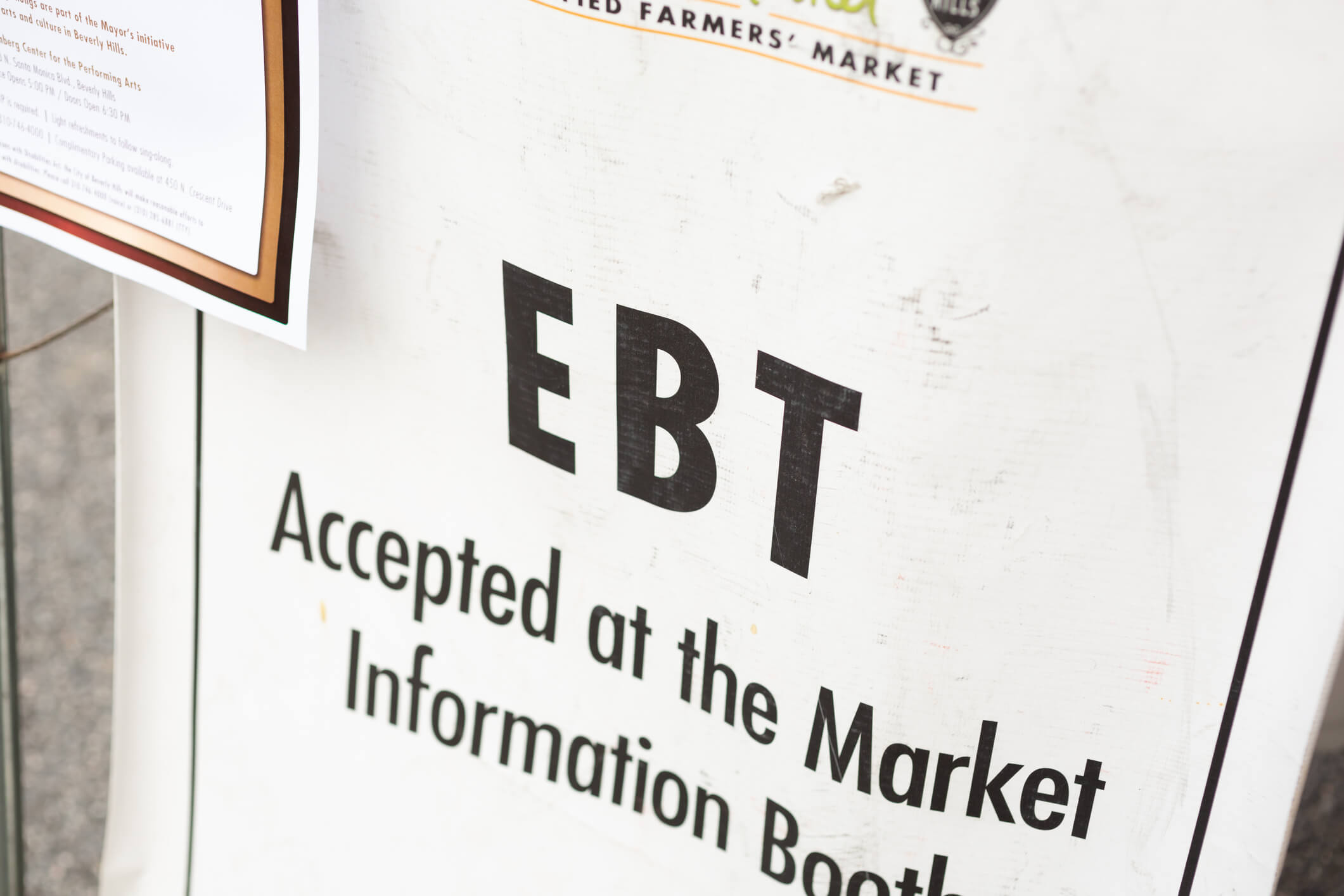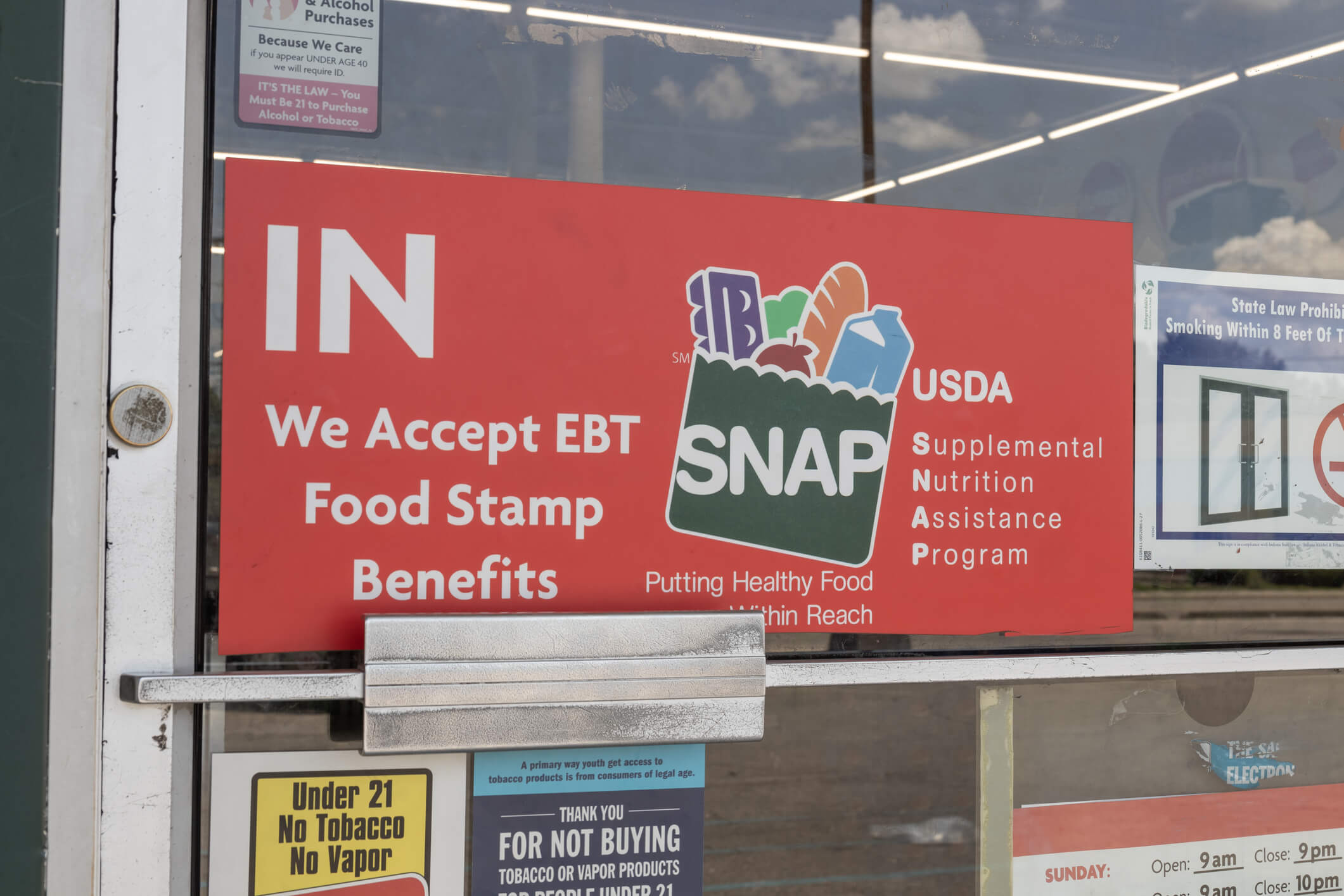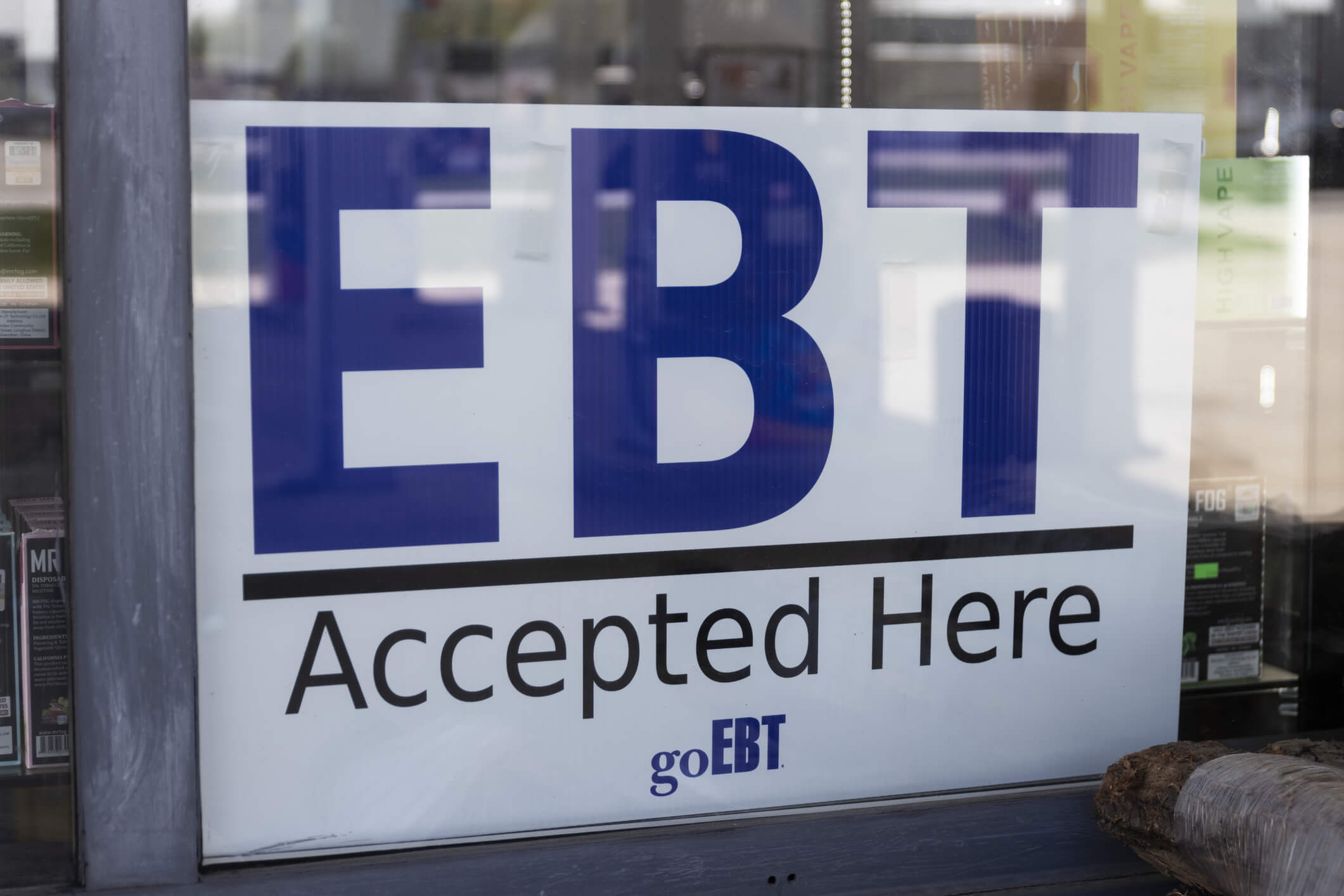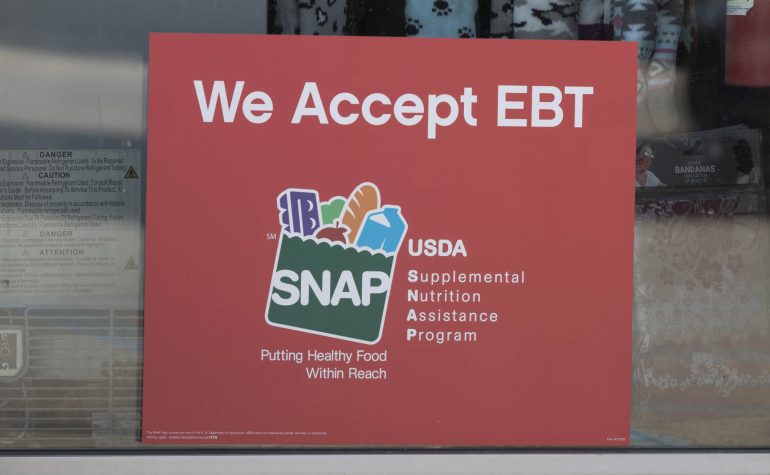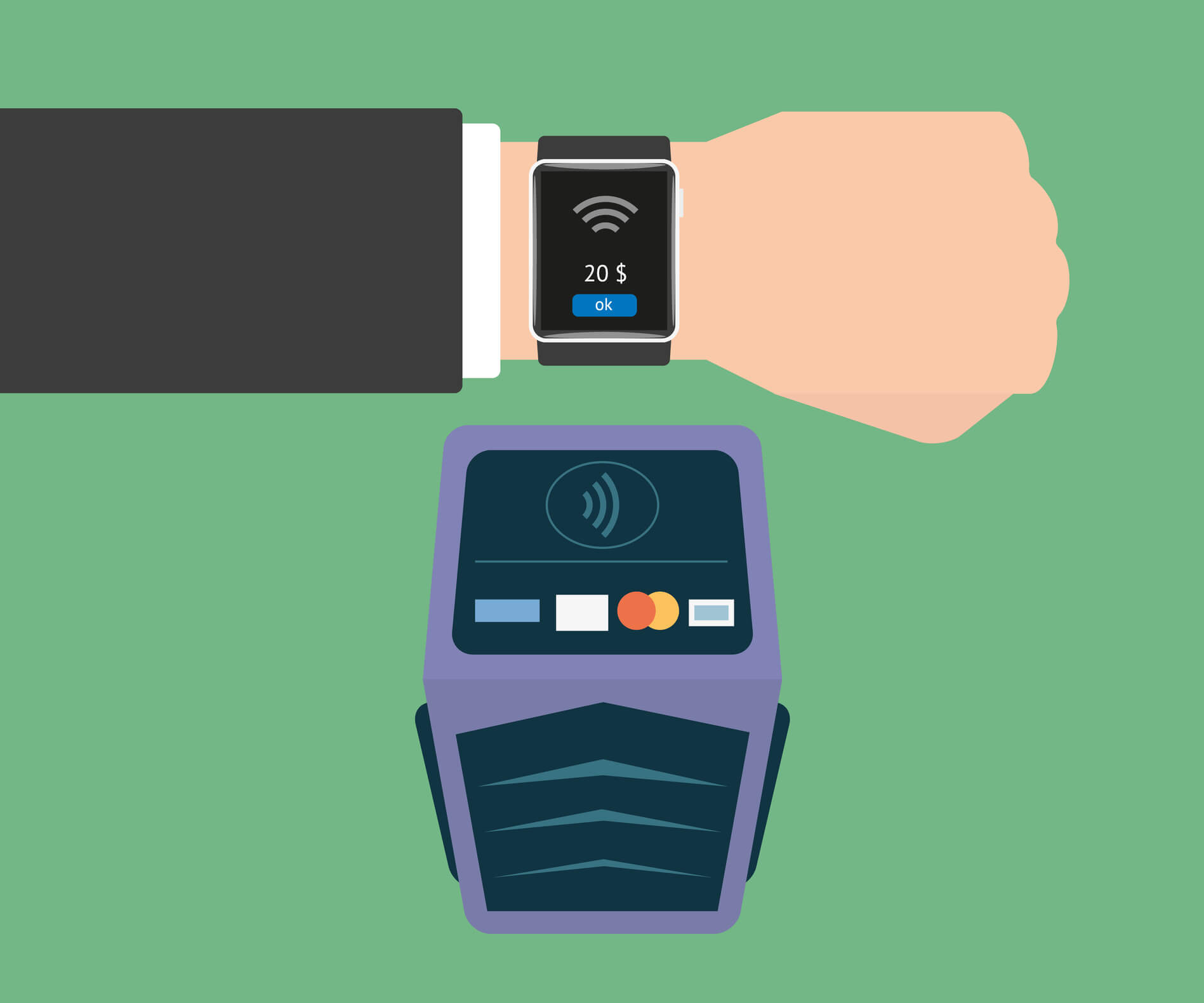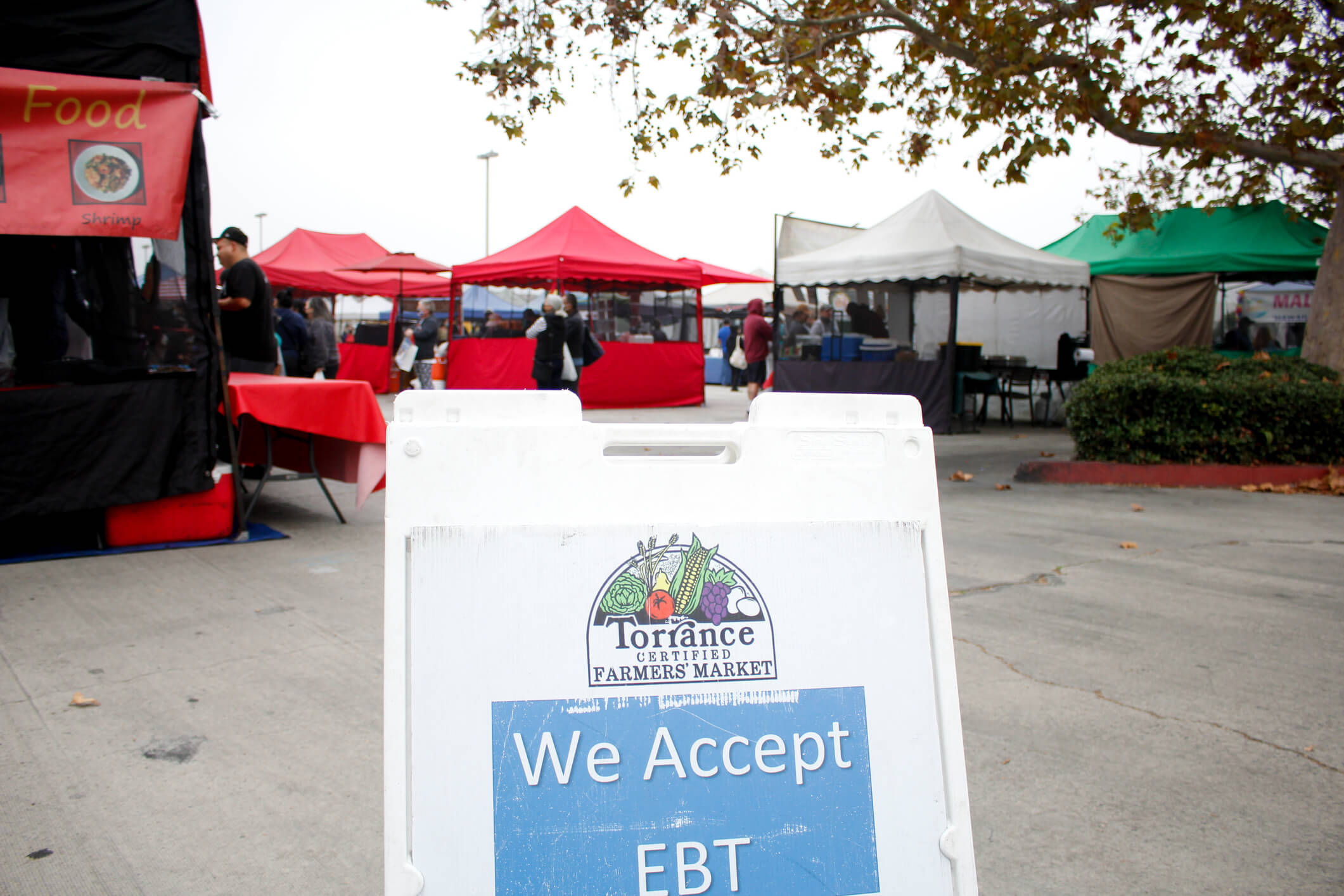In today's modern world, electronic payment methods have become increasingly popular, providing convenience and efficiency for both consumers and businesses. One such payment method is the Electronic Benefit Transfer (EBT) system, which allows eligible individuals to access their government-issued benefits through a plastic card similar to a debit or credit...
What Is an Electronic Benefits Transfer (EBT)
Electronic Benefits Transfer (EBT) is a system that allows recipients of government assistance programs to receive and use their benefits electronically. It is a convenient and efficient way to distribute benefits, replacing the traditional paper-based system. EBT cards, similar to debit cards, are issued to eligible individuals, who can then...
Does Costco Accept EBT
The Electronic Benefit Transfer (EBT) program is a government initiative that provides assistance to low-income individuals and families in the United States. EBT cards are issued to eligible participants, who can use them to purchase food and other essential items at authorized retailers. This article aims to explore whether Costco,...
How Do you Register for Amazon Prime with EBT Card
Amazon Prime is a subscription service offered by the e-commerce giant, Amazon. It provides members with a wide range of benefits, including free two-day shipping on eligible items, access to streaming services like Prime Video and Prime Music, and exclusive deals and discounts. While Amazon Prime is typically a paid...
How to Apply for EBT Card
The Electronic Benefit Transfer (EBT) card program is a government initiative that provides eligible low-income individuals and families with funds to purchase food and other essential items. The EBT card works like a debit card, allowing recipients to make purchases at authorized retailers. This program aims to alleviate hunger and...
How to Accept EBT Payments with Square
In today's digital age, accepting electronic payments has become a necessity for businesses of all sizes. One such payment method that has gained popularity is the Electronic Benefit Transfer (EBT) system. EBT allows recipients of government assistance programs, such as the Supplemental Nutrition Assistance Program (SNAP), to make purchases using...
What is an EBT Card: Everything you Need to Know
In today's society, many individuals and families struggle to afford basic necessities such as food. To address this issue, the United States government has implemented a program called the Supplemental Nutrition Assistance Program (SNAP), which provides eligible low-income individuals and families with financial assistance to purchase food. One of the...
SNAP: Everything you Need to Know
The Supplemental Nutrition Assistance Program (SNAP), formerly known as the Food Stamp Program, is a federal assistance program in the United States that provides eligible low-income individuals and families with funds to purchase food. SNAP aims to alleviate hunger and improve nutrition by ensuring that individuals have access to a...
The Impact of EBT Payments on Food Security
In today's society, food security is a critical issue that affects millions of individuals and families around the world. The ability to access nutritious and affordable food is essential for maintaining good health and overall well-being. However, many people, particularly those with low incomes, face significant challenges in meeting their...
How to Troubleshoot Common EBT Payment Issues
The Electronic Benefit Transfer (EBT) system is a government program that allows eligible individuals and families to receive benefits such as food stamps, cash assistance, and other forms of aid. While the EBT system has made it easier for recipients to access their benefits, it is not without its challenges....
The Future of EBT Payments: Trends to Watch
Electronic Benefit Transfer (EBT) payments have revolutionized the way government assistance programs distribute funds to eligible individuals and families. EBT payments provide a convenient and secure method for recipients to access their benefits, replacing the traditional paper-based system. Over the years, EBT payments have evolved to incorporate technological advancements, enhancing...
How to Set Up EBT Payment Processing for Your Business
In today's digital age, businesses need to adapt to various payment methods to cater to a diverse customer base. One such method is Electronic Benefit Transfer (EBT) payment processing, which allows businesses to accept payments from customers who receive government assistance benefits. This comprehensive guide will walk you through the...
How EBT Payment Processing Works
Electronic Benefit Transfer (EBT) payment processing is a system that allows government agencies to distribute benefits to eligible individuals and families in a convenient and efficient manner. EBT payment processing has revolutionized the way public assistance programs are administered, replacing traditional paper-based methods with electronic transactions. In this article, we...
How to Become an Authorized EBT Retailer
The Electronic Benefit Transfer (EBT) program is a government initiative that provides eligible low-income individuals and families with funds to purchase food and other essential items. EBT cards, similar to debit cards, are issued to participants, who can use them at authorized retailers to make purchases. Becoming an authorized EBT...
EBT Eligibility Criteria: What Merchants Need to Know
The Electronic Benefit Transfer (EBT) program is a government initiative that provides assistance to low-income individuals and families by offering them access to benefits such as food stamps and cash assistance. EBT payments are made through a debit card system, allowing recipients to make purchases at authorized retailers. For merchants,...
What is an FNS Number? A Detailed Guide
In today's digital age, businesses rely heavily on various identification numbers to streamline their operations and comply with legal requirements. One such identification number is the FNS number. The FNS number, also known as the Federal Numbering System, plays a crucial role in identifying and tracking businesses for taxation and...
Integrating EBT Processing with Other Payment Systems
In today's digital age, businesses are constantly seeking ways to streamline their operations and improve customer experience. One area where this is particularly important is in payment processing. Electronic Benefit Transfer (EBT) is a system that allows recipients of government assistance programs to access their benefits through a card-based payment...
Regulatory Compliance in EBT Processing
Regulatory compliance is a critical aspect of electronic benefit transfer (EBT) processing. EBT is a system that allows recipients of government assistance programs, such as food stamps or cash benefits, to access their benefits electronically through a payment card. This system has revolutionized the way government benefits are distributed, providing...
Training Your Staff to Process EBT Transactions
In today's digital age, Electronic Benefit Transfer (EBT) has become an essential method for distributing government assistance programs such as Supplemental Nutrition Assistance Program (SNAP) benefits. EBT transactions allow eligible individuals to access their benefits through a card system, similar to a debit or credit card. As more and more...
How to Train Employees on EBT and SNAP Payment Processing
In today's modern world, electronic benefit transfer (EBT) and Supplemental Nutrition Assistance Program (SNAP) payment processing have become essential for ensuring efficient and secure transactions for individuals and families in need. As a result, it is crucial for businesses and organizations that accept EBT and SNAP payments to train their...
How to Integrate EBT Payments with Your POS System
In today's digital age, it is crucial for businesses to adapt to the changing landscape of payment methods. One such method that has gained significant popularity is Electronic Benefit Transfer (EBT) payments. EBT is a government program that provides assistance to low-income individuals and families by offering them a card...
Understanding EBT Processing Fees: What Merchants Need to Know
As a merchant, understanding the fees associated with Electronic Benefit Transfer (EBT) processing is crucial for managing your business's finances effectively. EBT is a government program that allows eligible individuals to access benefits such as Supplemental Nutrition Assistance Program (SNAP) funds through a debit-like card. In this comprehensive guide, we...
How to Accept EBT Payments at Your Business
Electronic Benefit Transfer (EBT) is a system that allows recipients of government assistance programs, such as the Supplemental Nutrition Assistance Program (SNAP) and Temporary Assistance for Needy Families (TANF), to access their benefits through a debit card. EBT payments have become increasingly popular in recent years, with millions of Americans...
A Detailed Guide to EBT Credit Card Processing
In today's digital age, credit card processing has become an essential part of any business operation. It allows customers to make payments conveniently and securely, while also providing businesses with a streamlined and efficient way to handle transactions. One type of credit card processing that is gaining popularity is EBT...
Benefits of Accepting EBT: A Detailed Guide
Electronic Benefit Transfer (EBT) is a system that allows recipients of government assistance programs to receive and use their benefits electronically. It is a convenient and efficient way for individuals and families to access and use their benefits, providing them with greater flexibility and choice in purchasing essential items such...
